#FuelPrices
Gas War: U.S. Oil Companies Accused of Price Fixing With OPEC, Increasing Inflation
Last week, the Federal Trade Commission (FTC) shared documents that would seem to suggest that U.S. shale oil firms purposefully colluded with the government of Saudi Arabia to fix oil prices between 2021 and 2023. The report was followed by a piece from BIG journalist Matt Stoller alleging that American oil companies and Saudi leadership likely cost the average American household $3,000 via fuel price hikes and the subsequent inflation created by artificially spiking the market.
Gas War: Biden Admin Decides Against Refilling Dwindling Oil Reserves, Citing High Prices
The Biden administration has decided against purchasing oil for the Strategic Petroleum Reserve after promising to refill the nation’s emergency energy supply after it reached a 40-year low. This news does not bode well as we head into the summer months when fuel prices tend to be higher.
America’s oil reserve is currently authorized to hold more than 720 million barrels of emergency crude oil that can be released under certain conditions. While the exacting thresholds are fairly vague, emergency drawdowns have occurred in the past due to oil supply disruptions stemming from trade embargoes, natural disasters, and warfare. The Biden administration argued that both the COVID-19 pandemic and Russo-Ukrainian War qualified.
American Fuel Consumption Goes Down, Prices Do Not
Fuel prices have been climbing this year and continue to do so. However, consumer demand can no longer be blamed as we enter into the autumn months when consumption consistently drops. The Energy Information Administration (EIA) estimates that Americans were burning through a million fewer barrels of oil last week than they were the week before.
What isn’t dropping is oil prices and that seems to be making all the difference.
Opinion: Blaming Rising Fuel Prices on High Temps is Dumb
With average fuel prices creeping back up, you’ve undoubtedly seen a slew of articles trying to explain why. The trend seems to be to just blame it on warm weather.
Over the past week, countless media outlets published stories about how oil refineries have had to scale back production targets to contend with exceedingly high temperatures. But is this really the keystone issue for why you’re once again contending with undesirable fuel prices?
Report: California Gasoline No Longer the Most Expensive
Washington has officially managed to surpass California as the state with the highest fuel prices and looks as though it’s on track to compete for that dubious honor indefinitely.
Based upon data tabulated by the American Automobile Association (AAA), unleaded gasoline purchases in Washington jumped by 32 cents over the past month to $4.93 a gallon. The national average is presently $3.58 per gallon.
Study: Electric Cars Cost More to "Fill up" Than Gas
A Michigan-based think tank has claimed that it now costs less to drive an internal combustion vehicle 100 miles than to charge up a comparably all-electric vehicle using home charging. Though this claim comes with a few caveats, starting with acknowledging that this only applies to “midpriced” vehicles based on the national average for fuel and electricity rates.
Report: Fuel Price Forecast Looking Mixed at Best
While market analysts are projecting that fuel costs will be slightly lower in 2023 than they were last year, GasBuddy has released a report suggesting that the national average for a gallon of regular unleaded could still be as much as $4.00 by May.
California Seeking to Fine Companies Over Gasoline Price Gouging
Despite the perpetual ebb and flow of fuel prices across the United States, you can reliably count on California having some of the highest per-gallon costs in the nation. While that’s not entirely the fault of energy companies – California’s high tax rate on just about everything is a major factor here – oil firms are indeed raking in unprecedented profits right now and the government would much rather you focus on that than any role it might have likewise played. To that effect, Governor Gavin Newsom has announced new financial penalties for corporations accused of price-gouging wherever fueling is concerned.
Gas War: Russian Oil Now Under New Embargo
With the Russo-Ukrainian War ongoing, sanctions against Russia have become increasingly common. Western nations are casting a wide net in the hopes that bankrupting Russian businesses will destabilize the country and nullify its ability to wage war. The newest financial offensive is here and it’s a big one. As of December 5th, the European Union and G7 countries have decided to cap Russian oil in the hope of reducing Moscow's export revenues.
Bad News About the U.S. Diesel Supply
Over the summer, the United States witnessed record fuel prices. But the elephant in the room wasn’t how much people were having to pay for regular unleaded gasoline, it was the possibility that the nation might run into diesel shortages going into the fall.
Fuel Prices Are Allegedly Cooling Off
With the last several months delivering record-breaking fuel prices, as society endures what has undoubtedly been the largest spike in energy cost and inflation since the 1970s, everyone has been hoping to catch a break this summer. Some have even gotten theirs. While things are still looking exceptionally bleak in the long term, the United States appears to be enjoying a modest reprieve.
White House May Propose Gas Tax Holiday [Updated]
National fuel prices are currently averaging right around $5.00 per gallon in the United States. However, there are plenty of states with stations listing gasoline well above $6.00 per gallon with diesel being driven even higher. This has started to wreak havoc on the trucking industry, which is now seeing companies pausing shipments to renegotiate contracts, and infuriated consumers who remember a gallon of gas being $2.17 during the summer of 2020.
Earlier this year, Congress and the White House suggested suspending the federal fuel tax to alleviate the financial burden. But the notion was walked back, as prices were relatively low at the time (roughly $3.50 per gallon) and criticisms swelled that this simply exchanged one problem for another. Four months later and things are looking rather desperate, with the Biden administration revisiting the premise of pausing fuel tax to help soften the blow of record-breaking prices at the pump.
Black Market Gasoline Now Available On West Coast
Now that fuel prices are approaching levels you probably never thought you’d see in your lifetime, black-market gasoline has become a thing. Local reports coming out of Nevada are claiming that thieves have begun loading up trucks with stolen gas so they can sell it at a discount. Considering the average price per gallon now exceeds $5.50 for the region, it’s easy to see why some people might be willing to roll the dice and buy discounted fuel of an unknown origin.
But the most lucrative scheme is to transport stolen gas into California, where the prices exceed $6.30 across the state. Here, thieves can sell their ill-gotten petroleum at broader margins. But it takes a special kind of vehicle and a little planning not to blow the additional profit on the trip itself. Tankers aren’t exactly easy to come by and are hardly the least-suspicious way to haul around stolen fuel, so thieves are modifying trucks and vans that can pass as light-duty vehicles.
Gas War: Republican States Sue EPA Over Californian Standards
Last week, a group of Republican attorneys general decided to sue the Environmental Protection Agency (EPA) over its decision to reinstate the waiver allowing California to set its own limitations on exhaust gasses and zero-emission vehicle mandates that would exceed federal standards.
The agency approved the waiver after it had been eliminated as part of the Trump administration’s fuel rollback on the grounds that it would create a schism within the industry by forcing automakers to produce vehicles that catered to the Californian market at the expense of products that might be appreciated in other parts of the country. However, Joe Biden’s EPA sees things differently and has aligned itself with the California Air Resources Board (CARB) in giving the state more leeway to govern itself in regard to emissions policing.
U.S. Government Cancels Oil and Gas Leases Amid Record Fuel Prices
Despite the United States confronting some of the highest energy prices in its history, the Biden administration has canceled oil and gas lease sales in the Gulf of Mexico and Alaska’s Cook Inlet.
According to the American Automobile Association (AAA), national fuel prices are averaging out to a whopping $4.43 per gallon of regular gasoline. Diesel is much higher at $5.56 and is speculated to endure mass shortages in the coming months as reports from the Northeast have indicated there are already seeing record-low inventories. Over the past twelve months, fuel prices have risen by nearly $1.50 per gallon and most market analysts expect rates to continue moving upwards through the summer. Though they’re not all in agreement as to who should be blamed for our current predicament.



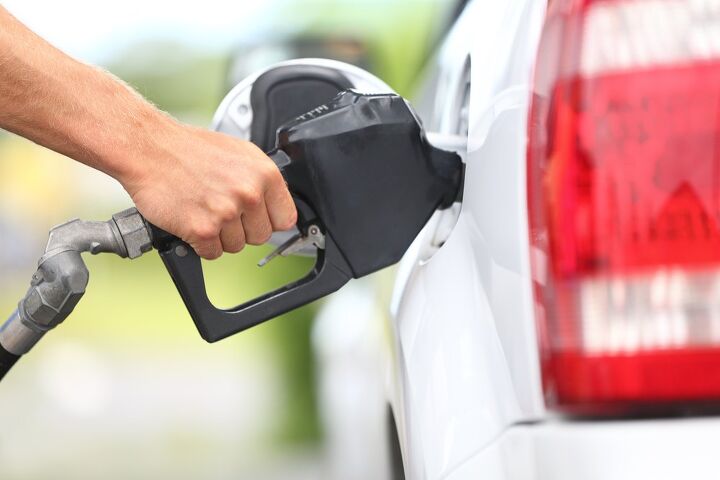
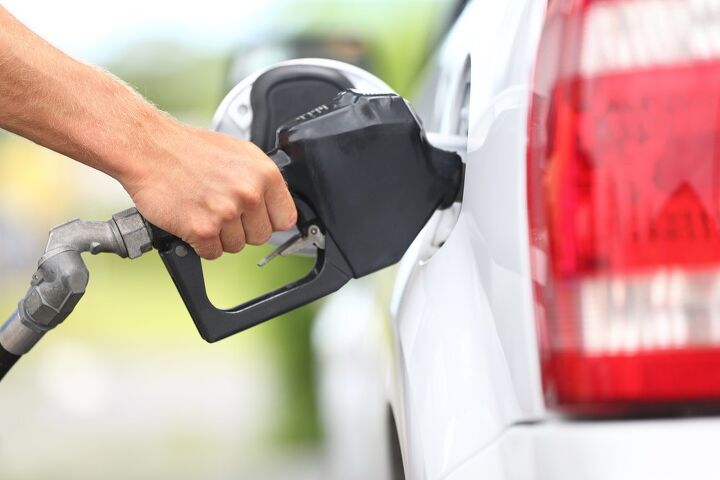
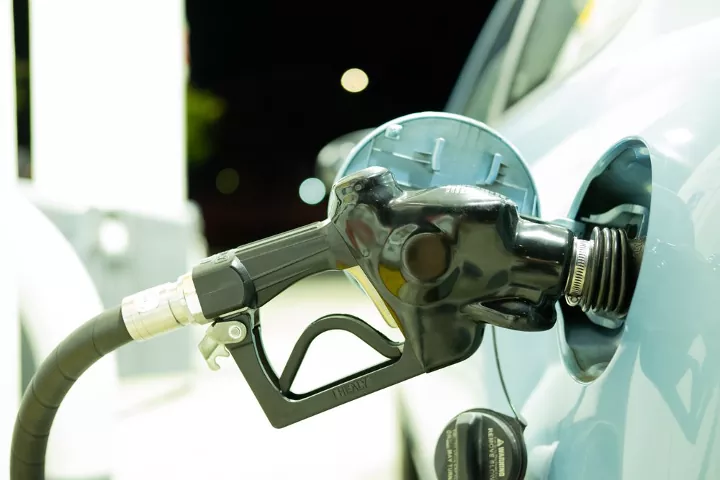


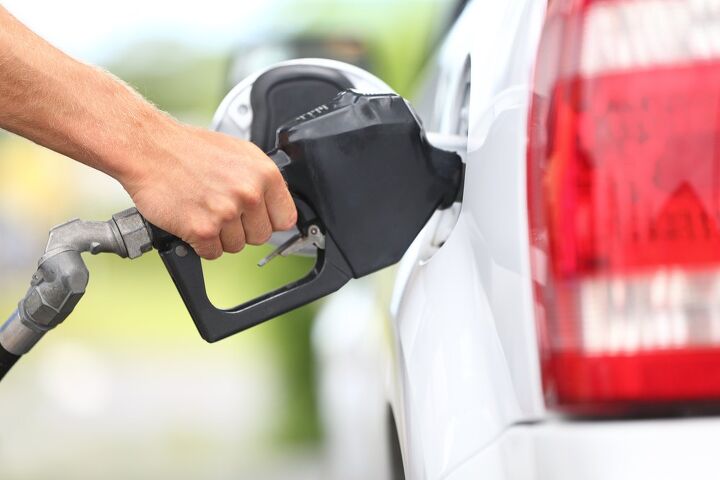
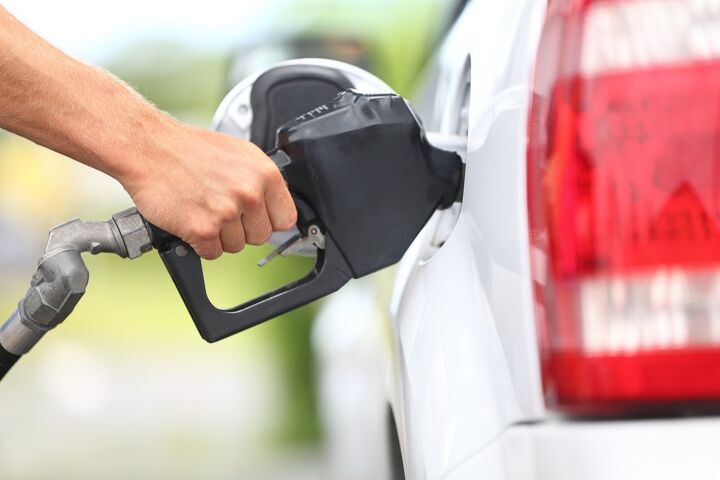
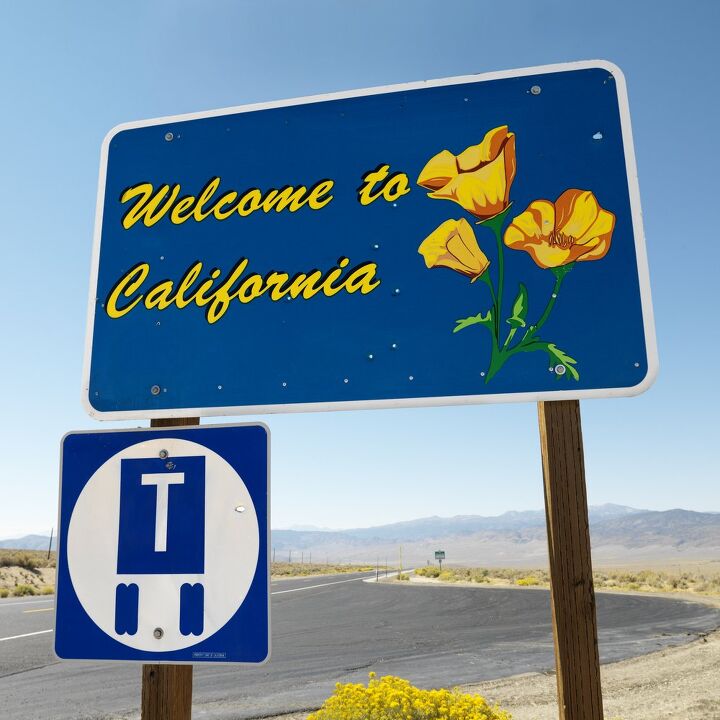
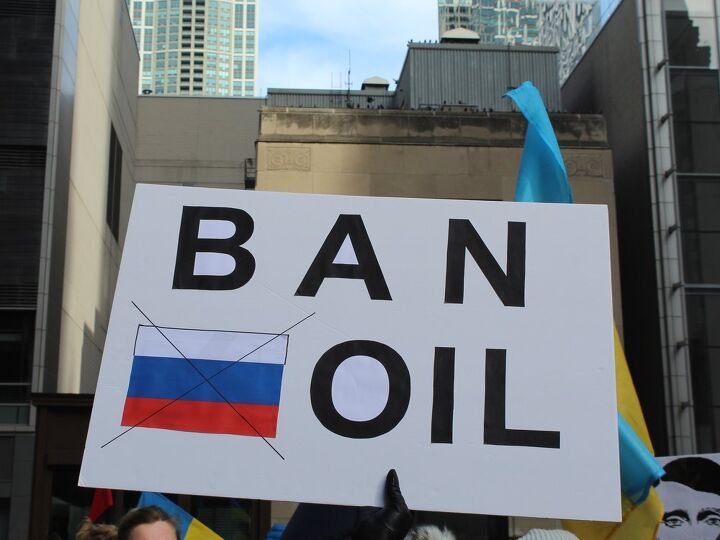
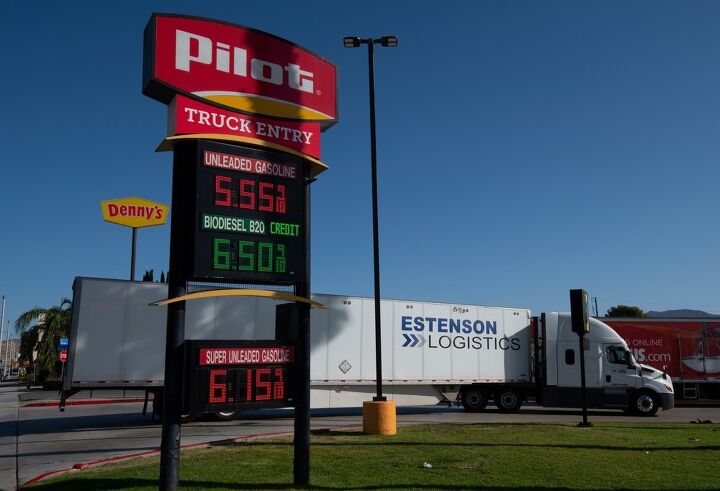
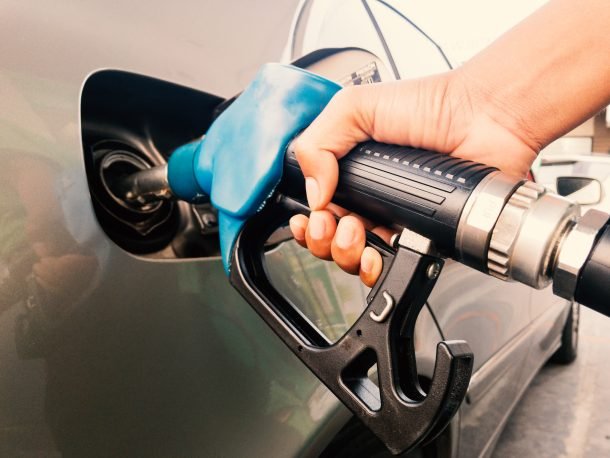
![White House May Propose Gas Tax Holiday [Updated]](https://cdn-fastly.thetruthaboutcars.com/media/2022/07/10/8870350/white-house-may-propose-gas-tax-holiday-updated.jpg?size=720x845&nocrop=1)
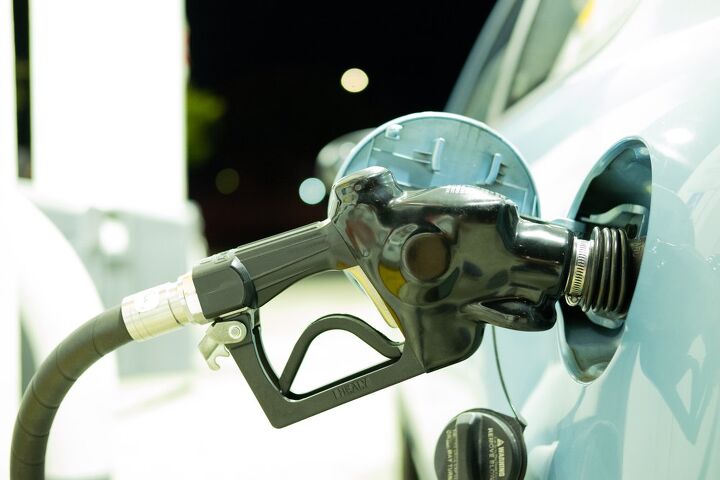

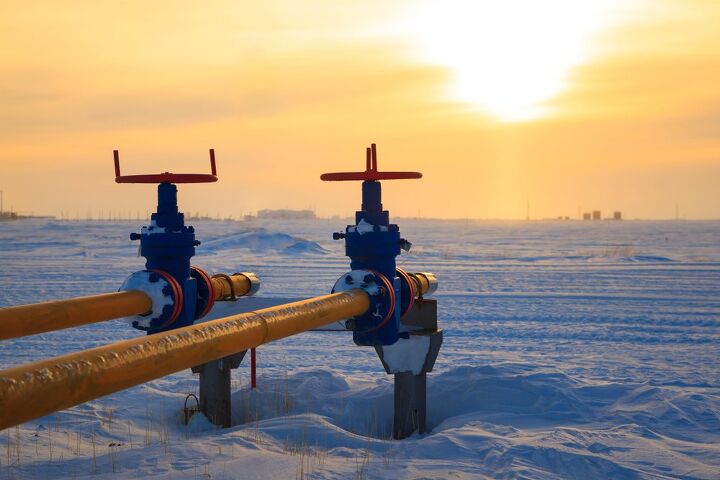












Recent Comments